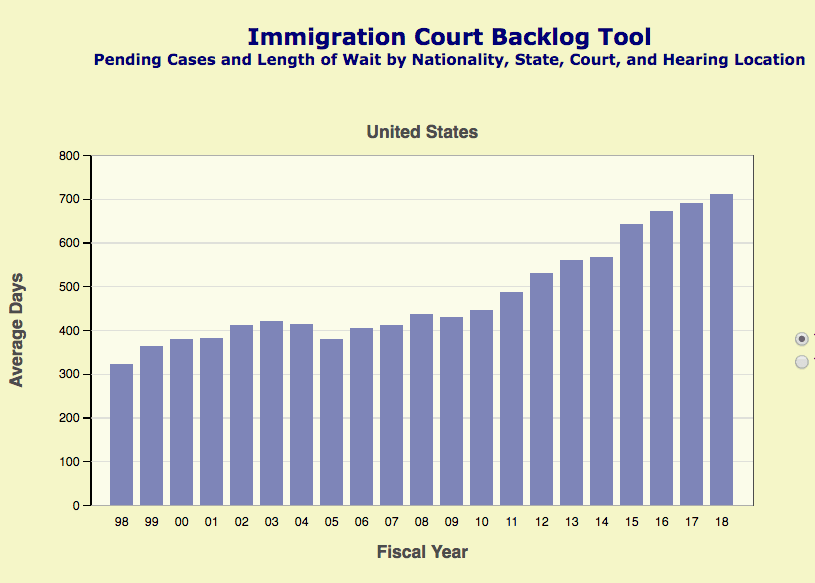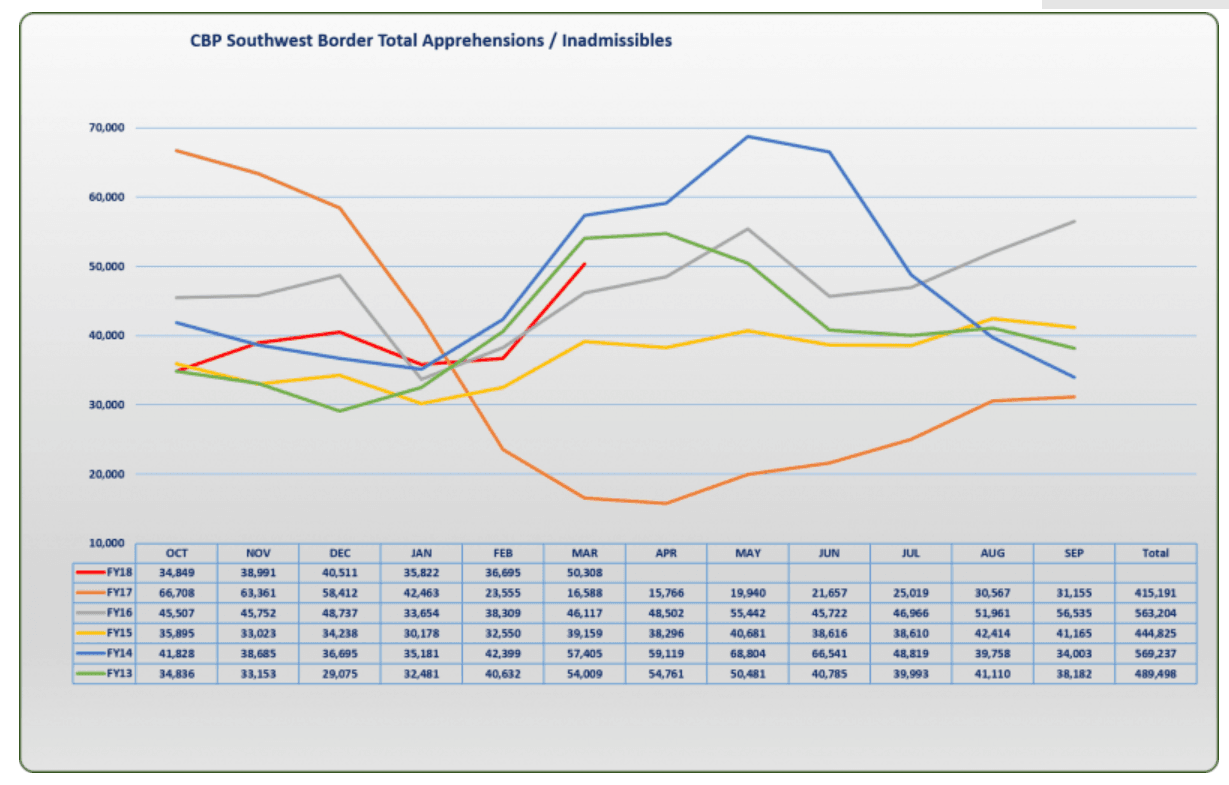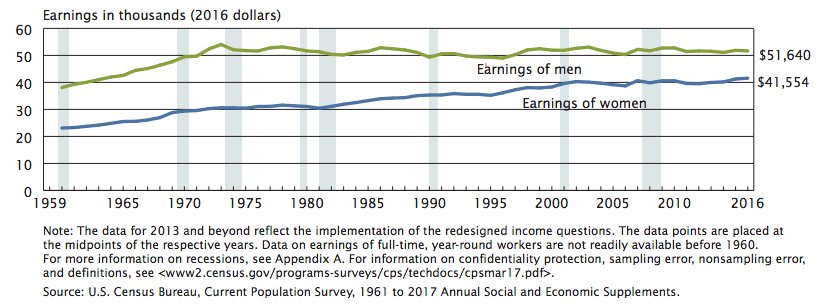President Donald Trump will have many options when agency officials show him proposals to block the growing number of economic migrants at the Texas border.
Trump used an April 6 memo to demand the agency options by the end of June. A review by Breitbart News shows that his deputies and outside reformers have already devised and are testing many small or large fixes. Congressional approval is not needed for many of the fixes, and some are likely immune to court challenges by pro-migration lobbies.
The reformers’ proposals include declaring Mexico a safe zone for Central Americans who want to claim asylum in the United States, moving asylum processing into Mexico, and pushing the Supreme Court to end the 1997 Flores courtroom settlement which requires the quick release of migrants carrying children.
Attorney General Jeff Sessions is already using his authority to push multiple reforms through the Department of Justice. For example, he has accelerated asylum hearings by immigration-court judges and has boosted the deportation rate for migrants most back to the rate before the inauguration of President Barack Obama. The Department of Homeland Security has also done much, such as withdrawing Obama’s pro-migrant rules and pressuring foreign countries to take back their illegal-immigrant citizens.
But pro-migration career lawyers in the DHS’ Office of the General Counsel have resisted some of the various procedural and bureaucratic changes, said Jessica Vaughan, policy director at the Center for Immigration Studies. “There absolutely is a cabal of Obama career people who are being so obstructionist that you could say they are definitely trying to upend the president’s agenda.”
DHS’ new general counsel, John Mitnick, was finally confirmed February 15.
The practical problem facing Trump is that economic migrants from Central America are getting work permits by telling border officers they want to file for asylum and they have a “credible fear” of harm if they are sent home. Under former President Barack Obama, border officials released almost 90 percent of “credible fear” applicants to file for asylum, get work-permits and live inside the United States.
Obama’s “catch and release” offer also replaced prior “no release” policies and invited hundreds of thousands of migrants to file for asylum after 2009. In turn, the resulting wave of migrants created a massive backlog in the asylum system and stretched out average courtroom delays to more almost 700 days in 2018 — ensuring that many migrants legally stay far more than 700 days, regardless of the merits of their asylum claim.
The backlog now includes more than 600,000 people, most of whom are willing to work for wages far lower than sought by Americans and legal immigrants. The waiting line also indirectly includes many migrant children who crowd into schools alongside the children of blue-collar American parents who cannot afford to get their kids into good schools in expensive districts.
Once inside the United States, roughly half of the migrants ignore their asylum hearings and become illegal migrants in the underground economy. They blend into the tolerated population of roughly 8 million lower-wage illegals, and into the overlapping population of roughly 1 million illegals who remain in the United States despite getting a court-approval final order of deportation. They also work alongside the 1 million legal immigrants who arrive each year.
The legal backdoor into the U.S. labor market is being pushed wide open again after Democrats and business-first Republicans blocked Trump’s migration reforms in the February Senate debate, and then defunded his border-wall plans in the March omnibus.
The migrants are rationally exploiting loopholes in immigration law, said Vaughan. “That’s why they have come — because they have friends and family who have come [to the U.S.] before them who send them a text photo of their work permit,” she said. “Very few of these people are actually going to qualify for asylum — but they know that if they skip out of their asylum hearings, nothing will happen to hem” because federal officials are repatriating few of the working illegal immigrants.
This growing population of lower-wage economic migrants drags down wages for Americans — even as it also generates more revenue and profits for employers and investors, many of whom are in Democratic-run cities, such as Chicago and New York.
On April 6, Trump signed a memo directing:
Within 45 days of the date of this memorandum, the Secretary of Homeland Security, in coordination with the Secretary of Defense, the Attorney General, and the Secretary of Health and Human Services, shall submit a report to the President detailing all measures that their respective departments have pursued or are pursuing to expeditiously end “catch and release” practices …
…
Within 75 days of the date of this memorandum, the Attorney General and the Secretary of Homeland Security, in consultation with the Secretary of Defense and the Secretary of Health and Human Services, shall submit a report to the President identifying any additional resources or authorities that may be needed to expeditiously end “catch and release” practices.
For example, migrants should be stopped before they enter the United States and invited to apply for amnesty while they are still in Mexico, she said. “You don’t have to let them in [at ports of entry] … make them wait in Mexico until we hear their case, or interview them in Mexico because Mexico is a safe country,” she said.
Border officials can also regulate the number of people who are allowed to apply for asylum each day at the entry points, dubbed “ports of entry.” That daily rate can be tuned to match the number of cases that Asylum Offices and immigration-court judges can process each day, allowing them to resolve claims without releasing migrants into the United States, she said.
Migrants who walk across the border elsewhere should be shunted into a fast-track review process where their claims of “credible fear” can be quickly heard by Asylum Officers and then by immigration judges, she said. If processed quickly, the border-crossers can be sent home before they must be released into the United States, she said.
The criteria for judging credible fear claims can be revised, Vaughan said. “You can write guidance for the judges which has the effect of raising the standard for ‘credible fear,'” she said.
For example, said one border expert, AG Sessions can allow immigration judges to take note of migrants who do not apply for asylum in Mexico as they make their way towards the United States. That refusal, he said, could become “a significant discretionary factor” when asylum officers and judges consider each asylum request, he said. “The AG has the ability to provide bright-line rules for people to follow,” he said, helping accelerate processing so that migrants do not get released into the United States.
Sessions outlined many problems in October 2017 and hinted at possible reforms, such as imposing a price on people who improperly apply for asylum.
https://www.youtube.com/watch?v=uXUC6BvMhFo
Agency officials can also find ways to help exclude economic migrants if they know their bosses want few entries, said Mike Hethmon, senior counsel for Immigration Law Reform Institute. For example, existing law provides many reasons to exclude migrants, and “even a slight stiffening resolve and a change of attitude can have a big result.” Under Obama, many officials adopted a rubber-stamp approval process because that is what top officials wanted, he said.
Trump’s effort to build a border wall will also help because it will pressure migrants to apply for asylum centers near the ports of entry.
That quick-review process must be completed by strong diplomatic pressure on the migrants’ home countries to quickly accept their migrants. The pressure is needed to ensure rapid approval of home-country travel documents and flight schedules, Vaughan said.
Before the migrants are flown home to Central America, Asia, and Africa, they can stay in temporary reception centers that can be built along the border by the National Guard and other groups, she said. “We have to lean on these other countries because they have so many ways to slow-walk the process,” she said.
The quick turnaround at the border is key, she said, because recent border crossers can be sent home via the legal process of “expedited removal,” which operates outside the regular court system in which pro-migration legal advocates can delay repatriations for years.
Officials need an additional set of responses to deal with youths and children from non-contiguous countries who claim to be “Unaccompanied Alien Children,” said experts.
Mexican-born UACs can be easily returned, but non-contiguous migrants are given protected status in the Trafficking Victims Protection Reauthorization Act of 2008. The non-contiguous UACs are quickly sent to the Department of Health and Human Services which is then expected to detain the children under the best circumstances, typically by releasing them to relatives or even to their illegal-immigrant parents living in the United States. More than 106,000 UACs – including many MS-13 gang members — have been released into the United States since 2016 by this law.
Multiple proposals have been made in Congress to fix this non-contiguous UAC problem, but all have been blocked by Democratic and GOP pro-migration legislators.
However, the inflow of youths can be reduced if federal officials end the Obama practice of having HHS deliver the UACs to their illegal-immigrant parents in the United States, said the border expert. Currently, “if they show up unaccompanied [on the border], they are considered to be unaccompanied, even if they have family members in the United States,” he said. If HHS blocks a quick release to their illegal-immigrant parents and instead keeps them in deportation hearings, the migrants may be deterred from paying smugglers to try this expensive UAC loophole, he said.
The Flores legal settlement is another tough nut, said immigration reformers. Under the 1997 deal, as interpreted by a judge in 2015, the federal government is obliged to quickly release children from border detection — and to release their parents too — within 20 days. This gaping hole allows migrants to walk through federal detention facilities if they are carrying children, and it has been used by more than 100,000 “family unit” individuals since the Obama administration.

July 7, 2015: Immigrants from El Salvador who entered the country illegally walk to a bus after they were released from a family detention center in San Antonio, Texas. (AP Photo/Eric Gay, File)
However, if federal officials can accelerate the process for rejecting asylum claims, they could repatriate the migrants with children before the Flores settlement requires their release into the United States.
The Flores settlement can be eventually removed via agency lawsuits, which will eventually allow the Supreme Court to make the critical decision. The option will take years, but there is some evidence it can work.
On February 27 the Supreme Court ruled in Jennings vs. Rodriguez that AG Sessions has the authority to detain migrants for long periods. It said:
JUSTICE ALITO delivered the opinion of the Court, except as to Part II, concluding that §§1225(b), 1226(a), and 1226(c) do not give detained aliens the right to periodic bond hearings during the course of their detention. The Ninth Circuit misapplied the canon of constitutional avoidance in holding otherwise.
o far, DHS legal officials have taken a cautious view of the Jenning decision, saying that it was just a “first step” in a legal fight, but is not a legal OK for the longer detention of Flores-focused “family units.” For example, a DHS statement attributed to Tom Homan, the director of Immigration and Customs Enforcement, said:
I am incredibly pleased with today’s U.S. Supreme Court decision in Jennings v. Rodriguez. This decision clarifies detention authorities and is an important first step in addressing dangerous judicial decisions eroding laws enacted by Congress. We owe this success to a decade’s worth of dedicated effort from attorneys with the Department of Homeland Security and the Department of Justice, without whom today’s decision would not have come to pass.
In contrast, the Congressional Research Service concluded the Jennings decision gives a green-light for long-term detention of migrants who are facing deportation:
the Jennings Court reasoned, both INA §§ 235(b) [migrants seeking asylum] and 236(c) [criminal migrants] were textually clear in generally requiring the detention of covered aliens during removal proceedings, and nothing in INA § 236(a) required bond hearings after an alien was detained under that authority. According to the Court, the Ninth Circuit could not construe the statutes to require bond hearings simply to avoid ruling on whether they passed constitutional muster: “Spotting a constitutional issue does not give a court the authority to rewrite a statute as it pleases.”
These various policy options will face a backlash from pro-migration Democrats, lawyers, and journalists, say Vaughan and others. “They act as if illegal immigration is a force of nature that cannot be stopped — but in fact, it is very elastic and responds to U.S. policy,” she said.
Most migrants are rational and are careful with their savings: They are much less likely to risk the expensive trip northwards if the federal government makes it less likely they can get a job that can support their families and pay off the cartels’ expensive smuggling fees. This cost/benefit calculation could cause a rapid drop-off in migration numbers if DHS and AG Sessions can make the trip too much of an economic risk for poor people in Central America, Africa, or Asia.
“Look at how it went down after Trump’s inauguration, said Vaughan. “People believed the party was over and they did not try.”
But the bipartisan pro-migration lobby is well-funded, large and effective. For example, Democratic Senators are under pressure from ethnic lobbies and progressive groups to preserve the Flores and UAC loopholes.
The Trump administration today demanded repeal of protections for unaccompanied immigrant children, calling them ‘loopholes.’ They are not loopholes. They provide the most basic humanitarian and due process protections. I will strongly oppose efforts to change these laws.
— Sen Dianne Feinstein (@SenFeinstein) April 5, 2018
Also, many judges are pro-migration, says Hethmon. “They leave you shaking your head about the way the courts work their way around the obvious,” he said, adding “there is no silver bullet in this.”
“We are on the road to fix it,” Sessions said in October 2017. “We intend to fix it … we intend to do what the American people want us to do.”
Four million Americans turn 18 each year and begin looking for good jobs in the free market.
But the federal government inflates the supply of new labor by annually accepting roughly 1.1 million new legal immigrants, by providing “Employment Authorization Documents” to at least 2 million resident foreigners, and by providing work visas to a population of at least 1.5 million visa-workers, including roughly 600,000 white-collar H-1B workers The federal government also does little to block the employment of roughly 8 million illegal immigrants.
The Washington-imposed economic policy of economic growth via mass-immigration shifts wealth from young people towards older people, it floods the market with foreign labor, spikes profits and Wall Street values by cutting salaries for manual and skilled labor offered by blue-collar and white-collar employees. It also drives up real estate prices, widens wealth-gaps, reduces high-tech investment, increases state and local tax burdens, hurts kids’ schools and college education, pushes Americans away from high-tech careers, and sidelines at least 5 million marginalized Americans and their families, including many who are now struggling with opioid addictions.
Clarification: Mitnick was confirmed February 15.





COMMENTS
Please let us know if you're having issues with commenting.